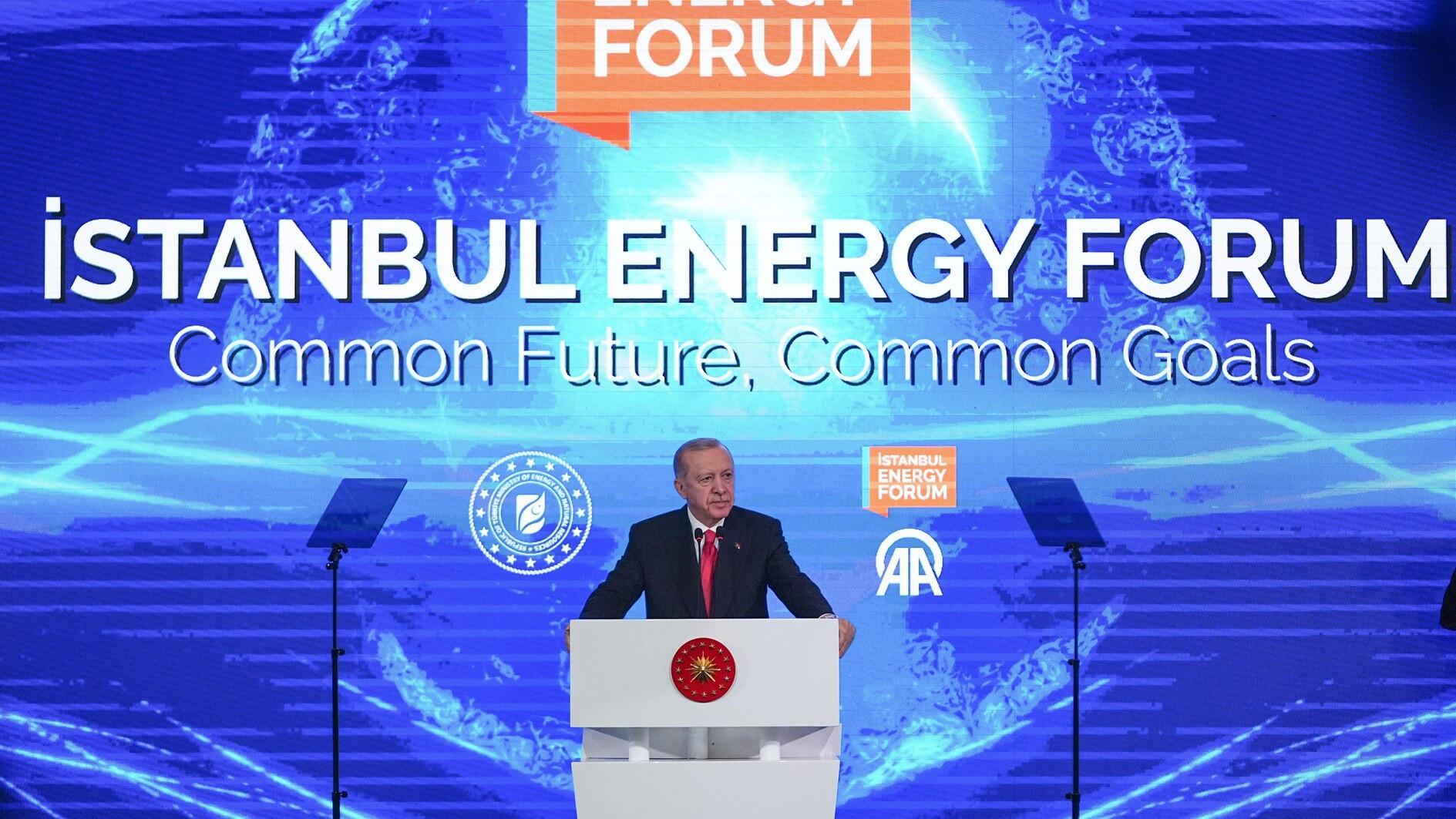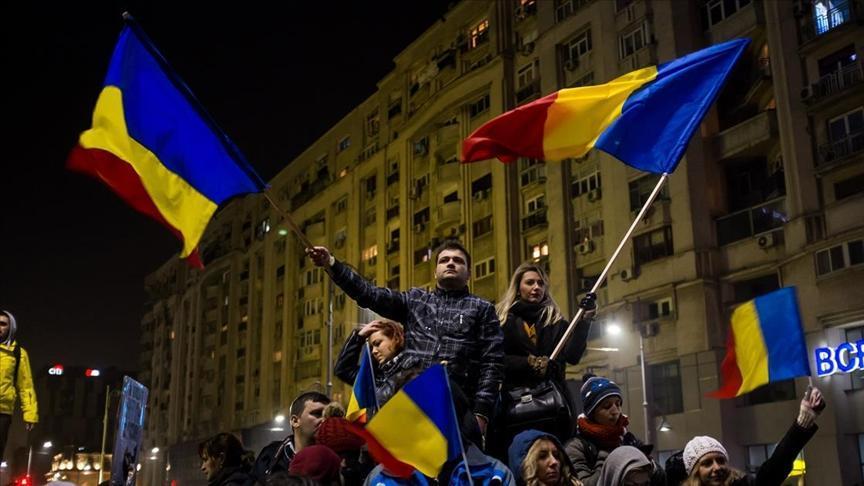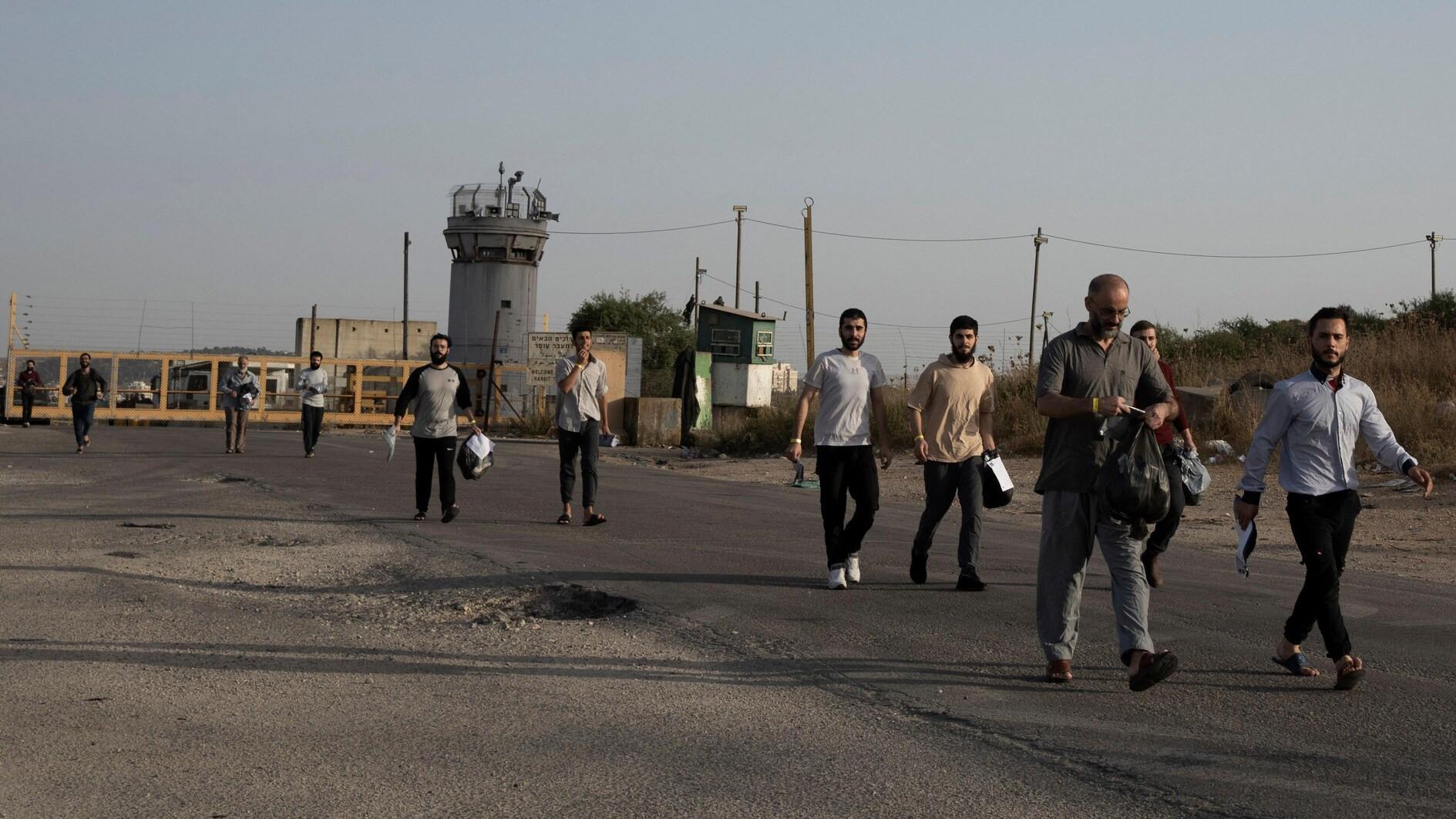Fingers crossed for Cyprus
After a two-year break, negotiations to find a fair and equitable solution to the 60-year-old Cyprus problem were revived on Feb. 11 with a joint declaration from the leaders of the Turkish and Greek communities on the island, together with the active encouragement of the U.S. administration.
Doubtless, there have been countless joint statements and negotiations, as well as accusations and counter accusations, between the two sides of this divided island since the outbreak of the problem in the 1950s. During the last decade alone, the referendum for the Annan Plan failed due to the rejection of Greek Cypriots in 2004, while the Gambari Process, which started in 2008 after a long hiatus, stalled in March 2012 on the eve of the presidential elections and the economic crisis in the Republic of Cyprus. What’s changed now?
The offshore discovery of hydrocarbons in the eastern Mediterranean has been an important game-changer not only for the islanders, but also for other coastal countries and third parties. The proven and estimated natural gas reserves in the region, while promising to transform it into a potential energy supplier to Europe, and thus necessitating cooperation among the region’s countries, has also generated enough tension over overlapping claims for maritime areas and sovereignty rights.
Just 10 days ago, a Turkish frigate chased away a Norwegian seismic research ship that was working for France’s Total Company from an area that is claimed by the Republic of Cyprus as an exclusive economic zone. The United States and the European Union were agitated.
One can also talk about the potential benefits to the crisis-battered Greek Cypriot and the embargo-weakened Turkish Cypriot economies; removing a huge barrier obstructing Turkish-EU negotiations; the desperate need for an international success story both in Ankara and Athens, as well as on both sides of the island, not to mention Washington; the value of local negotiations instead of internationally mandated proposals; the seriousness of the threat from the Turkish side to go its own separate way if another failure take place, et cetera. In short, there is a feeling (let us dare say, a strong feeling) among seasoned Cyprus watchers that the time might finally be ripe for something concrete to happen on the island.
It took four months and several meetings between the two sides to agree on the eight paragraphs of the joint statement. Nevertheless, it includes the most basic – and as such, the most difficult to agree upon – issues. The joint statement by Derviş Eroğlu and Nicos Anastasiades, meeting under the auspices of the U.N. Secretary General’s Good Offices mission, announced that they are aiming for a comprehensive solution that will see the unification of the island on the basis of a bi-communal, bi-zonal federation with the political equality of the Turkish and Greek Cypriots. Any agreement will be put to simultaneous referenda on both sides.
There will be one single international legal personality, a single sovereignty and a single citizenship, but the constituent states will be equal and will exercise their full power in their areas of competence, which will not be in any way infringed upon by federal laws and the state.
For the first time, the appointed representatives are being allowed to discuss issues with Ankara and Athens, as well as with international actors if they wish to, separately. It is a clear indication that times have changed and that Turkey and Greece now wish to find a genuine solution. However, any kind of arbitration is excluded. Clearly, nobody wants a second Annan Plan or a Dayton Agreement: The final agreement will be a local product, even if the others are involved.
Of course, the negotiations are based on the principle that nothing is agreed until everything is agreed. After all, people do not trust each other much in this part of the world.
But fingers crossed; something is afoot this time.











